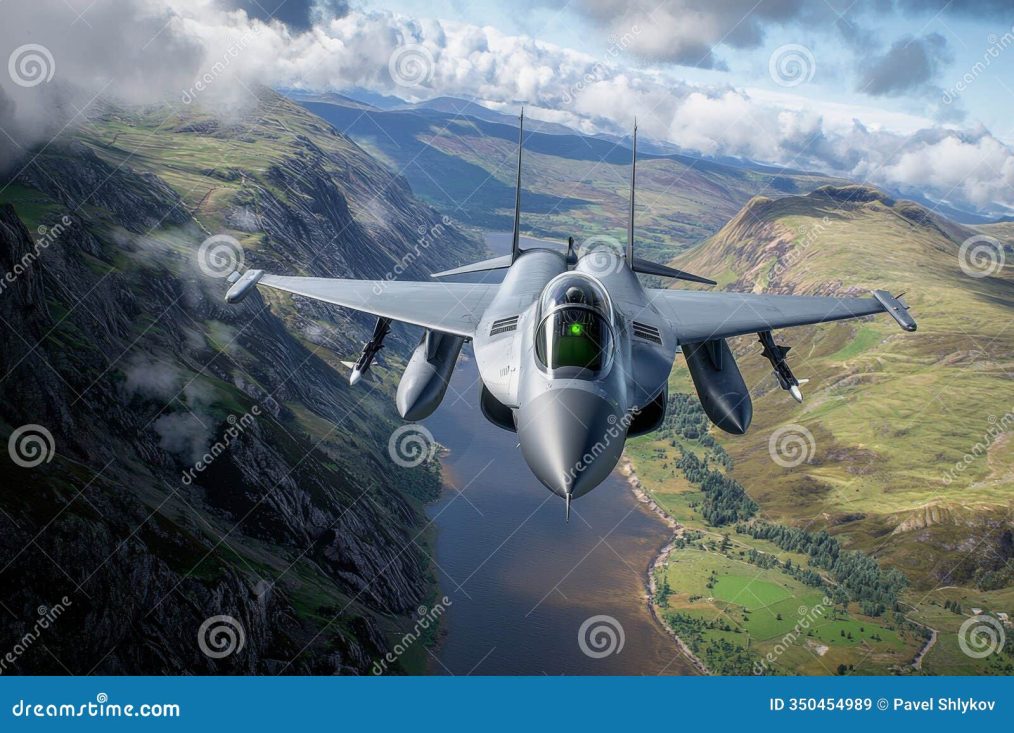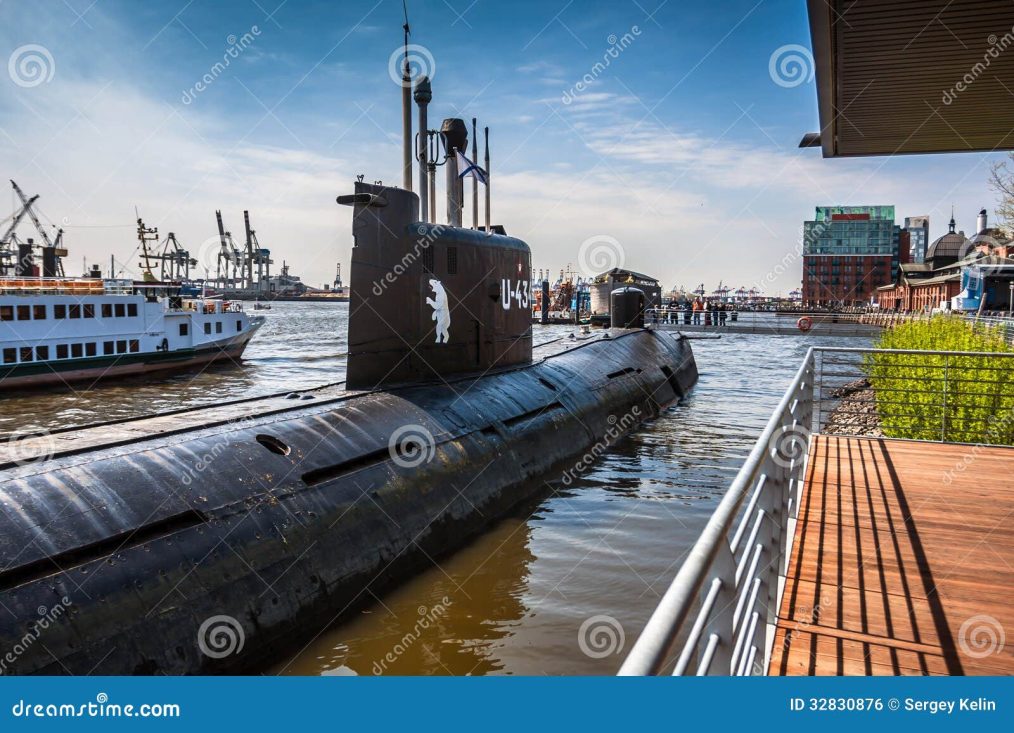Stars & Stripes
Did you know the M16 rifle, a staple of modern military arsenals, was designed by Eugene Stoner, an innovative American engineer, in the late 1950s? Stoner was working for the Armalite Corporation when he developed the rifle’s original design, which was first introduced as the Armalite AR-15. This lightweight, gas-operated, magazine-fed weapon stood out due to its use of advanced materials like aluminium and composite plastics, which made it lighter and easier to handle compared to earlier rifles.
In the early 1960s, the U.S. military adopted the AR-15 design and designated it the M16. This transition occurred during the Vietnam War, as the M16 replaced the heavier and less versatile M14 rifle. The M16’s design prioritized portability and a high rate of fire, making it well-suited for the challenging conditions of jungle warfare.
Since its initial adoption, the M16 has undergone numerous upgrades and modifications to improve reliability, accuracy, and adaptability. Variants of the rifle, such as the M16A1, M16A2, and the M4 carbine (a shorter, more compact version), have been widely used by U.S. forces and allied militaries worldwide. Today, while newer models like the M4 are more commonly deployed, the M16 remains a symbol of innovation in firearm design and an enduring piece of military history.











